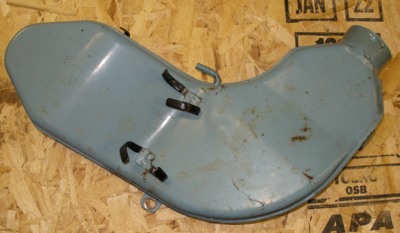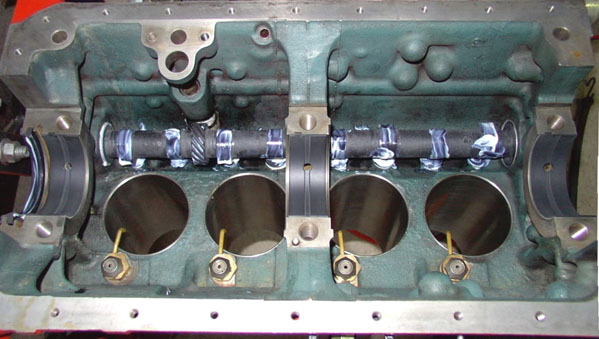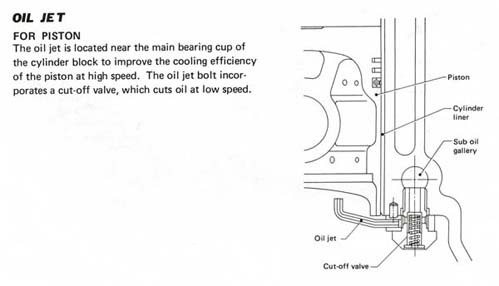Are you pressurizing the IP housing too, via the IP vent line? That would be the same connection as stock. The hose that goes on this nipple here (A/C air plenum shown):

and you can see the same hose connected to the non-A/C plenum in this pic:

Is this connected to the replacement plenum still? If so, then the IP housing gets pressurized too, which would (somewhat, see below) compensate the pressures across the diaphragm . . . but I wonder what the consequences of pressurizing the IP housing are.
I imagine that significant boost air would be bled into the crankcase, and thence through the road draft tube and out. Or if a PCV-like rebreather system is fitted, back into the intake, upstream of the turbo intake.
Hmmmm.






